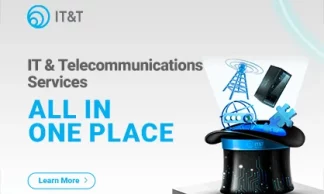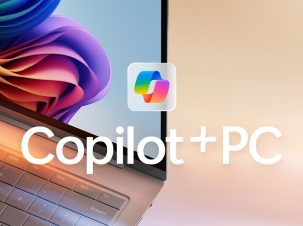Remember those days in the early 2000's (for those old enough!) when you would have a 4 or 5 different audio-visual devices in the lounge room and you needed a science degree just to get them all working together?
There was the TV, DVD player, sound system, possibly a PVR, and perhaps even a VHS. Every device had its own interface and remote control. If you had the time and inclination, you could programm a unified remote control (still infrared), but that was always hit and miss. It was a huge pain just to get things to work together.
Fast forward to today with our internet-connected smart TVs. Sure, you might still connect a sound bar, but I bet not too many of us are still watching DVDs or bothering with a PVR.
Today, less time is spent operating the TV and associated devices and more time operating the platform, such as Apple TV and Google Chromecast, or the content providers, like Netflix, Stan, Foxtel, Disney+ and YouTube. You choose the TV and sound system based on the quality of audio and visual experience that you are prepared to pay for and you, independently, subscribe to the content providers that match your viewing preferences.
You know, this is not dissimilar to the world of Storage Infrastructure where most enterprises feel like they're stuck in the days of early 2000's home entertainment systems.
Most storage users have a myriad of hardware platforms that include block and file devices, backup devices, replication software, long term retention platforms, SAN switching and more. The user interface to the "data services" are all mostly integrated into the hardware devices - just like the AV devices of the 2000's - and it is complex to get everything to work together.
But imagine if, like the modern smart TV, the data services were cloud delivered. Today, when watching TV, if you want to watch a certain sport or movie package, you just subscribe to that service. So, imagine if you could do the same for data services. Do you need encrypted data replication with an instantaneous Time to Recover (RTO)? Do you need long-term off-site backups? Or additional object storage to handle the explosion in unstructured data? Imagine a world where each time you need a new data service it is available to consume, and paid for on a subscription basis.
Welcome to the future of the HPE Data Services Cloud Console - the new offering from HPE that, like Apple Movies or Google Play, is an app store for enterprise data services. HPE Data Services Cloud Console is a unified, cloud-native interface that allows you to deploy the data services to your storage devices, no matter where they are.
In the audio-visual world, there are really only a few main qualities we worry about - screen size, and picture and sound quality. We might buy a 70 inch, 8K TV for the lounge room with a high quality sound bar and sub-woofer. But in the kid's play room, we might invest in a cheaper 40 inch, 4K TV with no separate sound system.
In the storage world, the key selection criteria is capacity, availability and performance. You might have lots of edge locations where you have small capacity requirements, 99.99% availability is sufficient and low I/O performance requirements. However, you might also have core datacenters where you run mission-critical applications with high capacity, high-performance requirements and a need for 100% uptime, guaranteed. Finally, in the cloud, you might be running long term archives with very high capacity but low performance.
For these very different needs, you would have different storage hardware platforms at each location, each with their own unique combination of capacity, availability and performance qualities, and each with its own set of data services. But remember the issue with this approach - it's such a complex job of integrating, operating and managing all these different platforms. Each storage platform comes with its own baked-in data services and its own management interface.
To reduce the complexity, imagine if you could centrally choose, manage and deploy the required data services with a simple, single unified cloud-native console. You could manage your data services at the edge, in the core and in the cloud all from the same console.
This is what the HPE Data Services Cloud Console will deliver. You will be able to independently and centrally choose what data services you run at each specific location. Each data service will be available as subscription. And because each data service is delivered as independent cloud-native software, new services and new features will continually be released, updated and enriched.
At HPE we are driving a major evolution to the way users manage their data assets. Like the evolution of the modern smart TV, we are separating the data services from the storage platforms and making them all available via a cloud-native console. In doing so, we are removing the complexity of integrating all the different devices and their services.
And just like in the modern lounge room, we are delivering simplicity, richness of experience and eliminating the headaches. Welcome to the new way of managing and leveraging your data assets.





